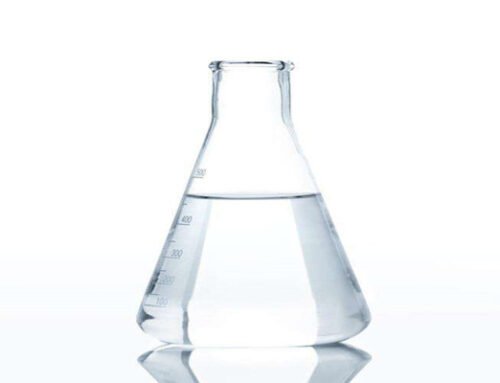What effect does phosphate have on fish?
1. About phosphate testing
China Fisheries Channel reported that phosphorus in water exists in the form of organic phosphorus and inorganic phosphate. The detection of total phosphorus content requires a long time heating and digestion of water, which can usually only be done under laboratory conditions. Rapid water quality testing is basically testing inorganic phosphate in water. Although the detection value of phosphate cannot accurately indicate the total phosphorus content in the water, the higher phosphate can reflect the higher total phosphorus content in the water.
Second, the ideal range of phosphate
Phosphate is not toxic to fish. However, high phosphate can cause algae to multiply in the water, which indirectly affects the growth of fish. Overproduced algae will consume a lot of oxygen in the water, causing damage to the growth of fish. Phosphate has a more significant effect on algae growth than nitrate.
Under normal circumstances, when the phosphate detection value reaches 1mg / L, the water quality will be suitable for algae reproduction. When phosphate levels reach 2–3 mg / L or higher, algae growth will be difficult to control and algae outbreaks may occur at any time. Therefore, the ideal phosphate level should be below 0.05mg / L.
Third, the method of reducing phosphate levels
If the phosphate level is too high, you can use the following methods to reduce the phosphate level:
1. Water change: A large amount of water change can quickly reduce the phosphate level in the water. But if the root cause of the elevated phosphate is not removed, water exchange will only be a temporary solution.
2. Clearing pond: removing silt can effectively reduce phosphate level.
3. Water quality treatment: The use of certain phosphorus adsorbents and phosphorus removal chemicals can effectively reduce the phosphate in water, but this method is mostly used in aquariums and small fish farms.
Fourth, the method of controlling phosphate levels
1. Control the feed amount of fish feed The main source of phosphorus in water is the feed left over by fish.
2. Selection of feed Phosphate may be used as a preservative in fish feed. Try to choose fish feed with low phosphate content.
3. Testing the water quality of the water source Avoid using water sources that are already contaminated with phosphorus.
4. Choose water treatment chemicals carefully. Chemicals used in water treatment or water quality modification may contain phosphate. When it is necessary to use chemicals for water treatment, try to use products with low phosphate content. When the water color turns green or changes, the first reaction of the farmers is that the algae is wrong. However, it is true that algae is wrong, but there is no way to judge. In fact, simple phosphorus measurement can help solve such problems, learn to use instruments, use scientific evidence to judge, and do not listen to the misleading of others to achieve scientific breeding.





